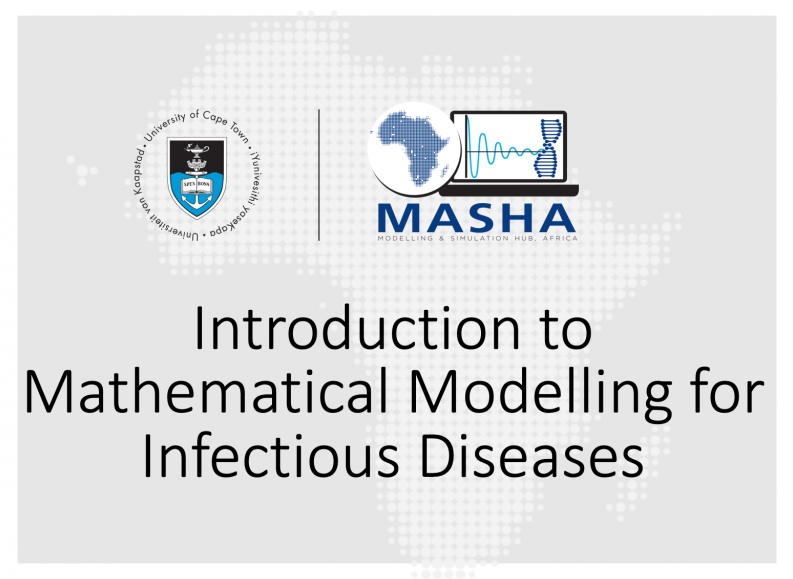Mathematical modelling is the process of developing tools to understand and predict the behaviour of a system using (among other things) mathematics, computer programming and statistics. Mathematical models of disease are tools to understand disease biology and transmission in order to create synthetic populations in silico that have features similar to real populations where options for disease control and elimination interventions are being considered.
Importance of Modelling
Models can provide the foresight to assist decision-makers in strategy design. Modellers attempt to use all available data to build models to make accurate predictions. Modellers also attempt to incorporate the uncertainty in the data so that decision-makers can use models to guide their response to disease control and public health emergencies.
A PDF with more information can be found below:
Dr. Phoebe Thorpe, Dr. Lauren Meyers, and Dr. Martin Meltzer discuss modeling and its public health applications. Tune in to hear these experts explain what modeling is, how we can use it effectively during infectious disease outbreaks, and how modelers communicate with leaders and decision makers to benefit the public. Source: Center for Disease Control. Available at: https://www.cdc.gov/cdcgrandrounds/archives/2016/january2016.htm

